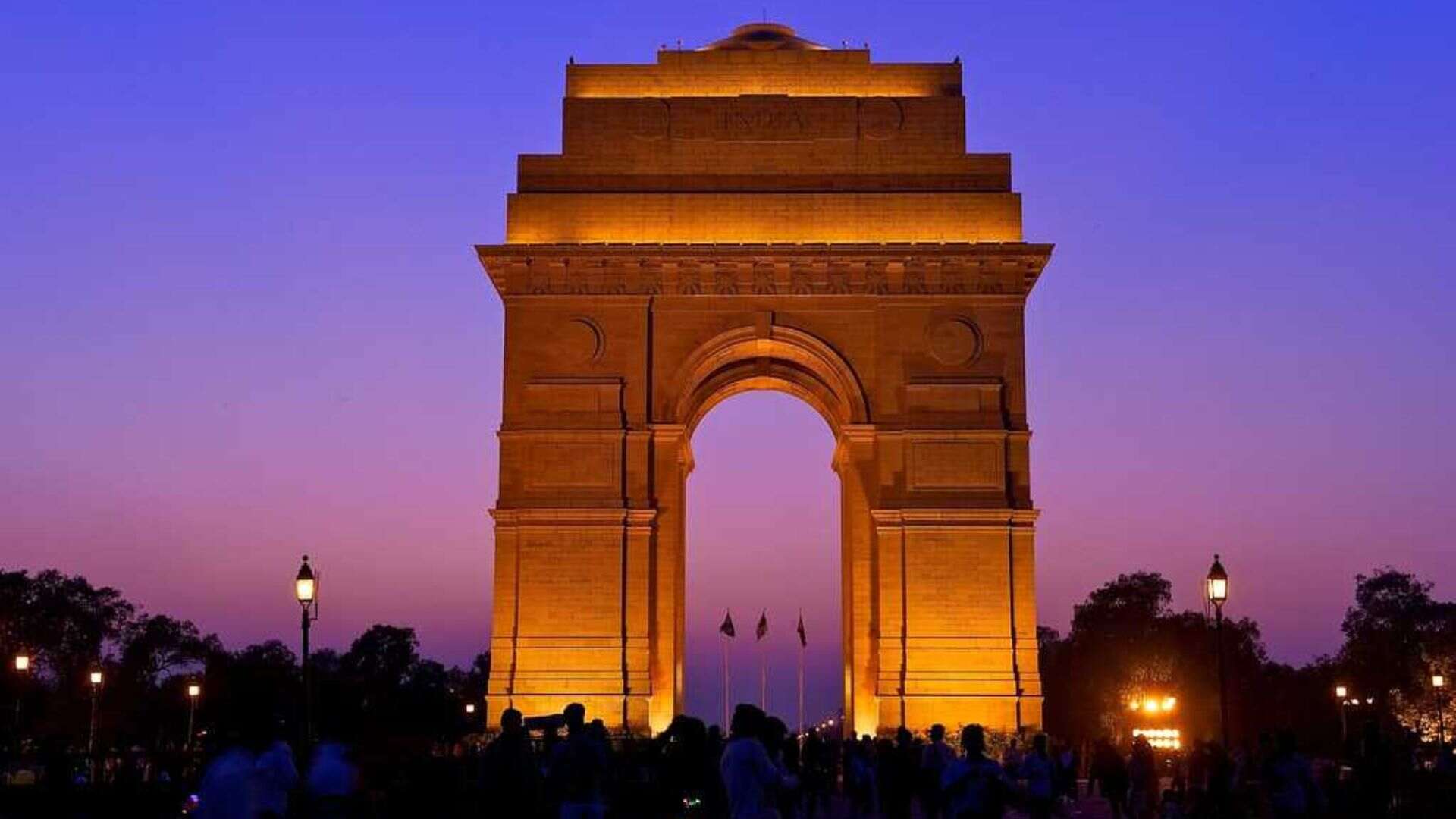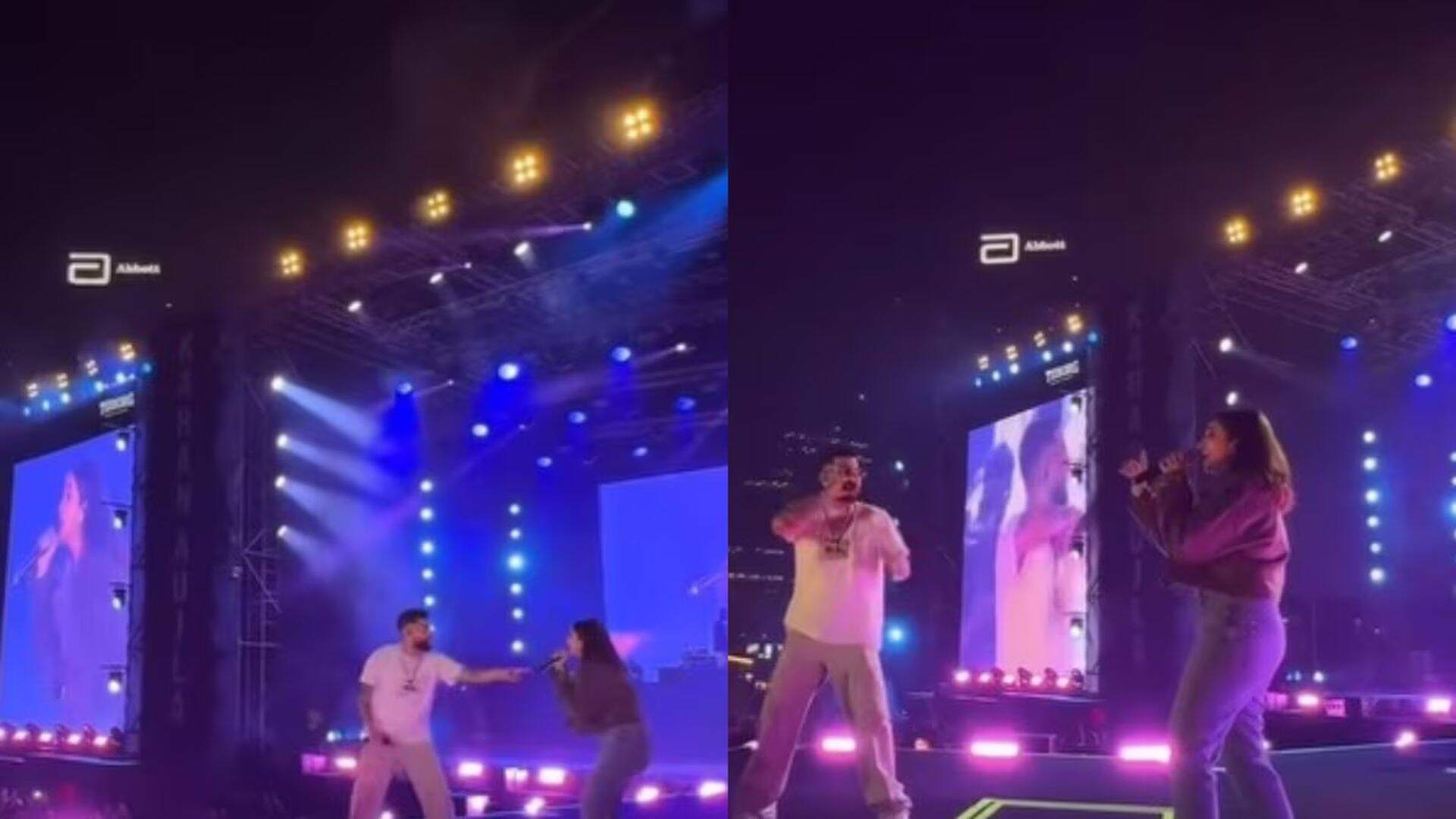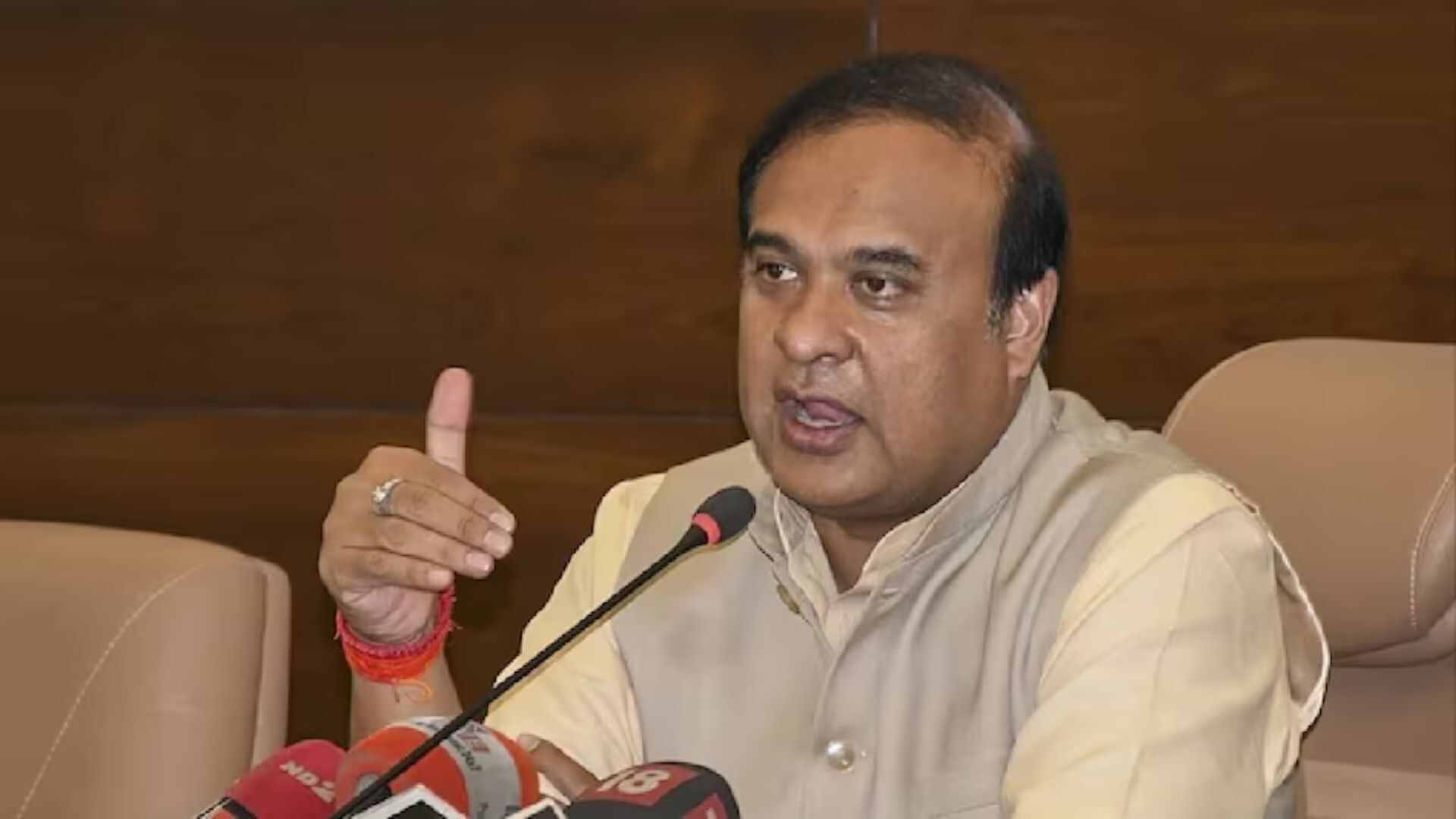The Shri Nahar Ganeshji Maharaj idol, located in the oldest temple of Jaipur on Brahmapuri Mount Road, is a revered relic with a rich history spanning nearly 200 years. This Siddha idol, consecrated by the devout Brahmachari Baba and Vyas Ramchandra Rigvedi, is crafted from the ashes collected from numerous yagya havans performed in their lifetime. These rituals, dedicated to Tantrokta Ganapati, endowed the idol with a unique and sacred significance.
Unique Features of the Idol
The idol of Shri Nahar Ganeshji Maharaj is distinguished by its right trunk and south-facing posture—features that are rare and highly prized in Ganapati worship. Seated in Sukhasan, a posture symbolizing happiness and prosperity, the idol embodies the essence of Siddhivinayak. It holds traditional symbols of power and protection: both upper arms brandish axes and goads, while the hands remain open despite holding these weapons, signifying the dispelling of evil and the granting of protection.
The deity’s hands secretly harbor Riddhi and Siddhi in the form of garlands and modaks, emphasizing the idol’s role in bestowing both material and spiritual benefits. The Tantrokta Ganapati form necessitates daily worship, reflecting its critical role in spiritual practice.
Temple Complex and Historical Legacy
The temple premises house several other significant sites. To the left are the ancient Bhairav Temple, Shri Chandreshwarnath Mahadev Temple, and an ancient well. To the right lie the samadhis of Brahmachari Baba and Mahant Vyas Ramchandra Rigvedi, the temple’s first Adishtha.
The temple has been under the stewardship of a line of dedicated Mahants, beginning with Late Shri Ramchandra Rigvedi. After his passing, his son Late Kishanchandra Rigvedi took over, but due to his early demise, Late Shri Ramchandra Rigvedi raised his grandson, Late Shri Chiranjilal Rigvedi. Following Chiranjilal, Late Shri Rameshwarlal Sharma Ji Maharaj assumed the role of Mahant. Currently, the fifth generation of the Mahant family, Pt. Jai Sharma and Yuvacharya Pt. Manav Sharma, along with the sixth generation—Pt. Vaibhav Sharma, Pt. Nishchal Sharma, Pt. Shirsh Sharma, and Pt. Vandit Sharma—are responsible for the temple’s management, worship, and service.
Temple Renovation and Community Events
The temple’s grandeur, as seen today, is a result of the blessings of Lord Ganesha and the dedication of past Mahants, particularly Late Pt. Rameshwarlal Sharma Ji Maharaj. A statue of the late Mahant is also installed in the Jagmohan of the temple.
The temple hosts a variety of significant events throughout the year, including the three-day Sri Ganesh Chaturthi, Annakut Mahotsav, Paush Bada Mahotsav, Fagotsav, Phoolbangla Utsav, Bhandara in memory of former Mahants, Shri Rameshwaram Music Festival, and regular Abhishek Puja Archana on every Pushya Nakshatra.
Visitation Schedule and Rituals
The temple opens to the public only on Wednesdays, allowing devotees to visit throughout the day. On other days, the temple family performs puja in the morning and evening.
Prior to Sri Ganesh Chaturthi, the Mahant family traditionally replaces the Ganpati’s chola (garment) with a new one adorned with special foils. During this period, the temple remains closed for two days, and Ganpati’s picture is displayed outside in the Jagmohan for worship, with darshan restricted until the new attire is applied.







